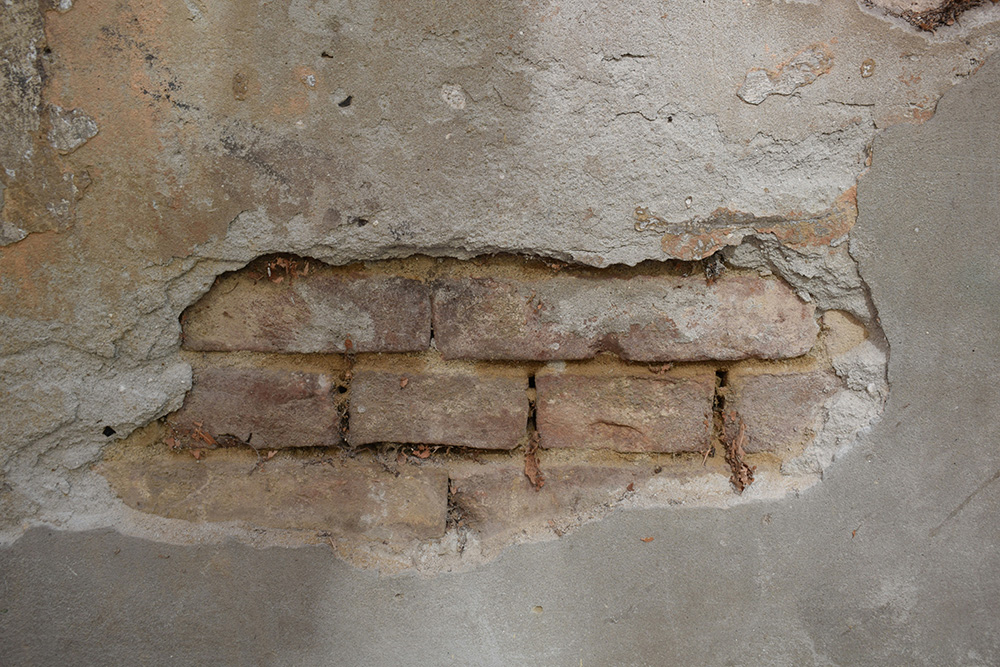Masonry is one of the oldest and most durable forms of construction. From brick homes to stone chimneys, masonry structures can last for generations—if properly maintained. Over time, however, weather, moisture, and age can take their toll. That’s where masonry repair comes in.
In this guide, we’ll explain what masonry repair means, why it’s important, how to identify damage, and what options homeowners have to keep their property strong and beautiful.
Understanding Masonry Repair
Masonry repair is the process of fixing and restoring brick, stone, or concrete structures to maintain their strength, appearance, and safety. Over time, natural wear, weather exposure, and moisture can weaken the mortar joints and materials that hold your home together. Without timely repairs, these small issues can lead to major structural damage.
Common types of masonry repair include:
- Brick repair: Replacing cracked, chipped, or broken bricks.
- Mortar repointing: Removing deteriorated mortar and applying new mortar to seal joints.
- Chimney repair: Restoring damaged bricks, mortar, and crowns to prevent water leaks and structural issues.
- Stone restoration: Repairing or resealing stone veneers, steps, or retaining walls.
A professional masonry contractor can evaluate your structure and recommend the best repair approach to keep it durable and visually appealing.
Signs You Need Masonry Repair
Masonry problems often develop slowly, but they can cause serious damage if ignored. Look for these early warning signs around your home:
- Cracks in brick, stone, or mortar joints
- Loose or missing mortar
- Water leaks or damp spots on interior walls
- Bulging or leaning sections of exterior walls
- White powdery residue (efflorescence)
- Spalling bricks (flaking or crumbling surfaces)
If you notice one or more of these signs, schedule an inspection with a qualified mason as soon as possible.
The Masonry Repair Process
- Inspection & Assessment – The mason examines the extent of damage and identifies the underlying cause.
- Material Matching – To preserve the home’s appearance, matching brick color and mortar composition is essential.
- Repair & Repointing – Damaged areas are carefully repaired or rebuilt using the correct techniques and materials.
- Cleaning & Sealing – Finally, the surface is cleaned and sealed to enhance durability and weather resistance.
This process not only restores your home’s appearance but also reinforces its structure for long-term protection.
Benefits of Masonry Repair
- Prevents costly structural issues
- Improves your home’s curb appeal
- Protects against water infiltration and mold
- Increases energy efficiency by sealing gaps
- Extends the life of your brick or stonework
Final Thoughts
Masonry repair is an essential part of home maintenance—especially in climates with freeze–thaw cycles. Whether it’s a brick repair, repointing, or chimney restoration, investing in professional masonry work today can save you from expensive repairs tomorrow.
If your home’s brick or stonework shows signs of aging or damage, contact a local masonry repair expert to restore its beauty and stability.


Recent Comments